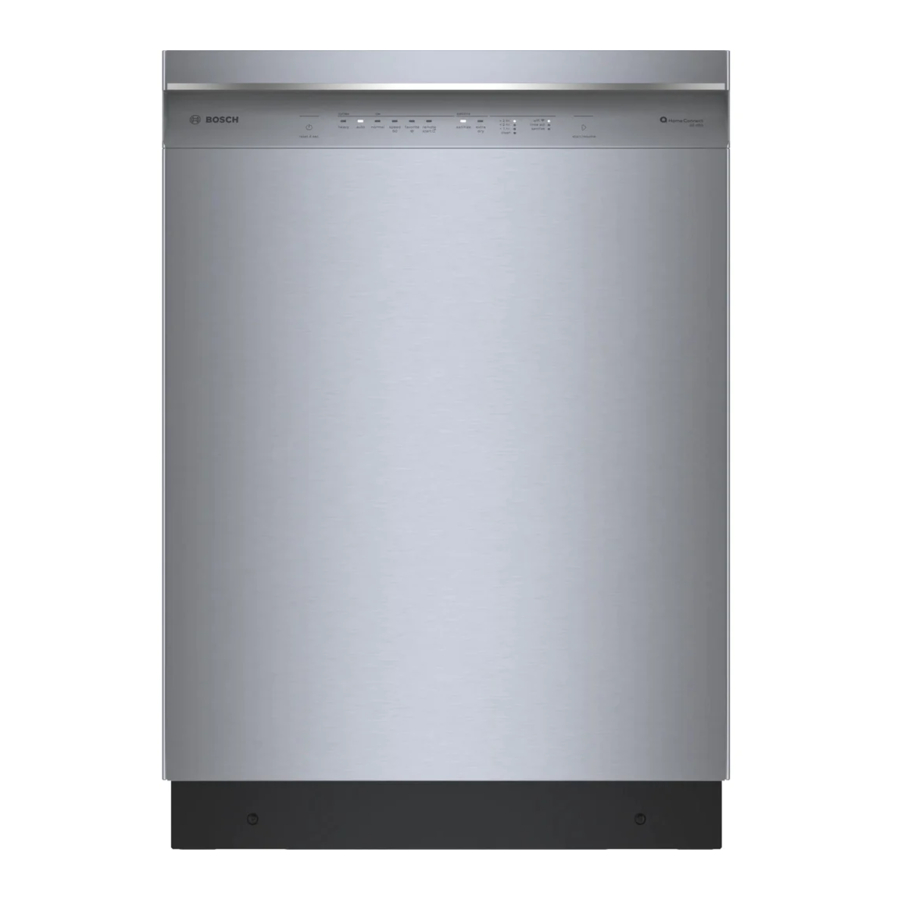Bosch FAP-OC 500Series Manuel d'utilisation et d'entretien / Instructions d'installation - Page 16
Parcourez en ligne ou téléchargez le pdf Manuel d'utilisation et d'entretien / Instructions d'installation pour {nom_de_la_catégorie} Bosch FAP-OC 500Series. Bosch FAP-OC 500Series 40 pages. Built-in wall ovens
Également pour Bosch FAP-OC 500Series : Manuel d'instructions d'installation (21 pages), Manuel d'utilisation (40 pages), Manuel d'installation (6 pages), Informations sur le produit (40 pages), Manuel d'installation (28 pages), Manuel de l'utilisateur (48 pages), Manuel de l'utilisateur (48 pages), Manuel d'installation (28 pages), Manuel d'utilisation et d'entretien (44 pages), Manuel d'installation (32 pages), Manuel de référence rapide (4 pages), Manuel d'utilisation et d'entretien (27 pages), Manuel d'installation (24 pages), Manuel d'installation (32 pages), Manuel d'utilisation et d'entretien (24 pages), Manuel d'installation (28 pages), Manuel d'entretien (41 pages), Manuel d'utilisation et d'entretien (21 pages), Manuel d'installation (32 pages), Manuel d'entretien (36 pages), Manuel d'installation (32 pages), Manuel de démarrage rapide et de sécurité (13 pages)

